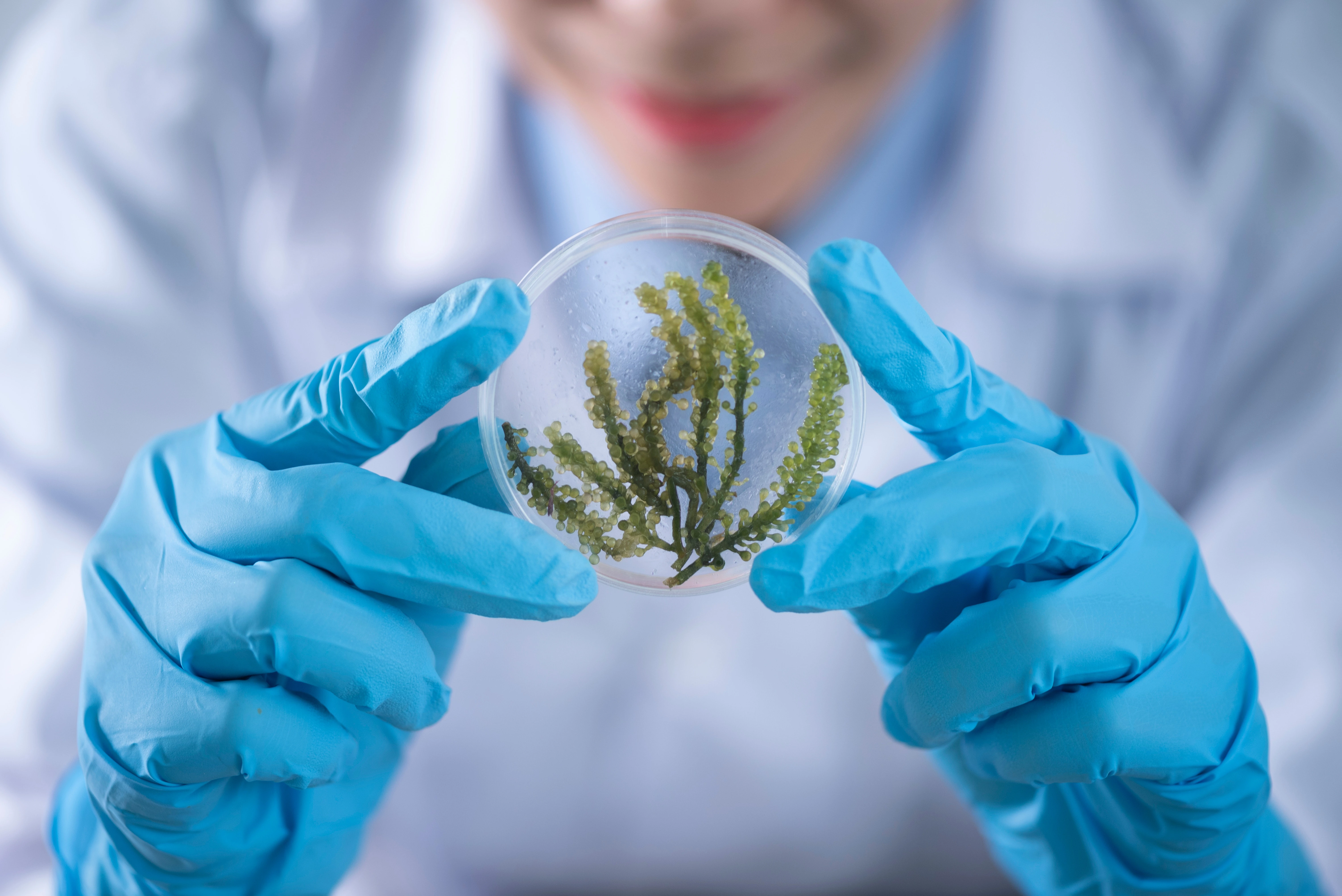Q #1. As a brilliant scientist, you have been charged with genetically engineering a mutualistic partnership of two microbes (much like lichen). What two microbes would you select to pair up together and why? What advantages would each microbe get from pairing up with the other? (Your proposed partnership can not be identical to lichen!)
If I were in charge of genetically engineering a mutualistic partnership, I would probably be inclined to genetically engineer a lactic acid bacteria, such as Lactobacillus sp. and yeast, which is commonly known as Saccharomyces cerevisiae. In the study by Ponomarova et al. (2017), the yeast creates and produces metabolite compounds in a nitrogen rich environment, which is advantageous for the survival of the lactic acid bacteria. Specifically, when the two microorganisms were co-cultured, it created a stable environment for both of them, suggesting that yeast can significantly carry the growth of lactic acid bacteria (Ponomarova et al., 2017).
In addition to their co-culture effect, it was observed that physical contact between these microorganisms are not necessary to support the growth of each other (Ponomarova et al., 2017). Rather, yeast produces growth-promoting factors which are being acquired by the bacteria (Ponomarova et al., 2017). Likewise, lactic acid bacteria produces organic compounds which are beneficial for yeast as these compounds are used as starting materials for fermentation (Ponomarova et al., 2017). Although it was known that lactic acid produced by the bacteria can kill yeast, there are studies which showed that yeast can resist and adapt in a low pH environment. With the symbiosis of the two microorganisms, the process of fermentation specifically yielding the final product which can be ethanol or other alcoholic drinks, can be improved in terms of taste and the time needed to yield sufficient carbon dioxide.
Q #2. A textbook author referring to viruses once wrote, “Certain organisms seem to exist only to reproduce, and much of their activity and behavior is directed toward the goal of successful reproduction.” Would you agree with that statement? Why or why not? Back up your argument with specific facts about viruses.
Although many organisms are known to have multiple purposes or functions, I am inclined to agree with the author that certain organisms’ purpose is to reproduce. For example, a virus is not considered a living organism because it is not able to function without a host cell. Additionally, a virus does not fit into the other rules to be considered a living thing (Gelderblom, 1996). Thus, it can only be considered an organism with a sole purpose of reproduction. Gelderblom (1996) further points out that the main function of the virion is to deliver its’ DNA or RNA genome into host cells, thereby allowing the genome to be expressed by the host cell.
In relation to viral diseases, the only way to stop the spread is to do whatever is possible to avoid contact with the virus. That is, their activity is sole based on travelling to attach itself to a host cell in order to further reproduce (Gelderblom, 1996). Therefore, in order for the viral disease to be stopped, other organisms that can be affected by the virus need to prevent contact. If a virus becomes unable to find a host cell to deliver its DNA or RNA in order to reproduce, it will die due to the fact that it did not complete its’ reproductive purpose.
References
Gelderblom, H.R. (1996). Structure and classification of viruses. In S. Baron (Ed.), Medical Microbiology. University of Texas Medical Branch at Galveston.
Ponomarova, O., Gabriello, N., Sevin, D., Mulleder, M., Zirngibl, K., Bulyha, K., Amdrejev, S., & Kafkia, E.(2017). Yeast creates a niche for symbiotic lactic acid bacteria through nitrogen overflow. Cell Systems, 5(4), 345-357.








